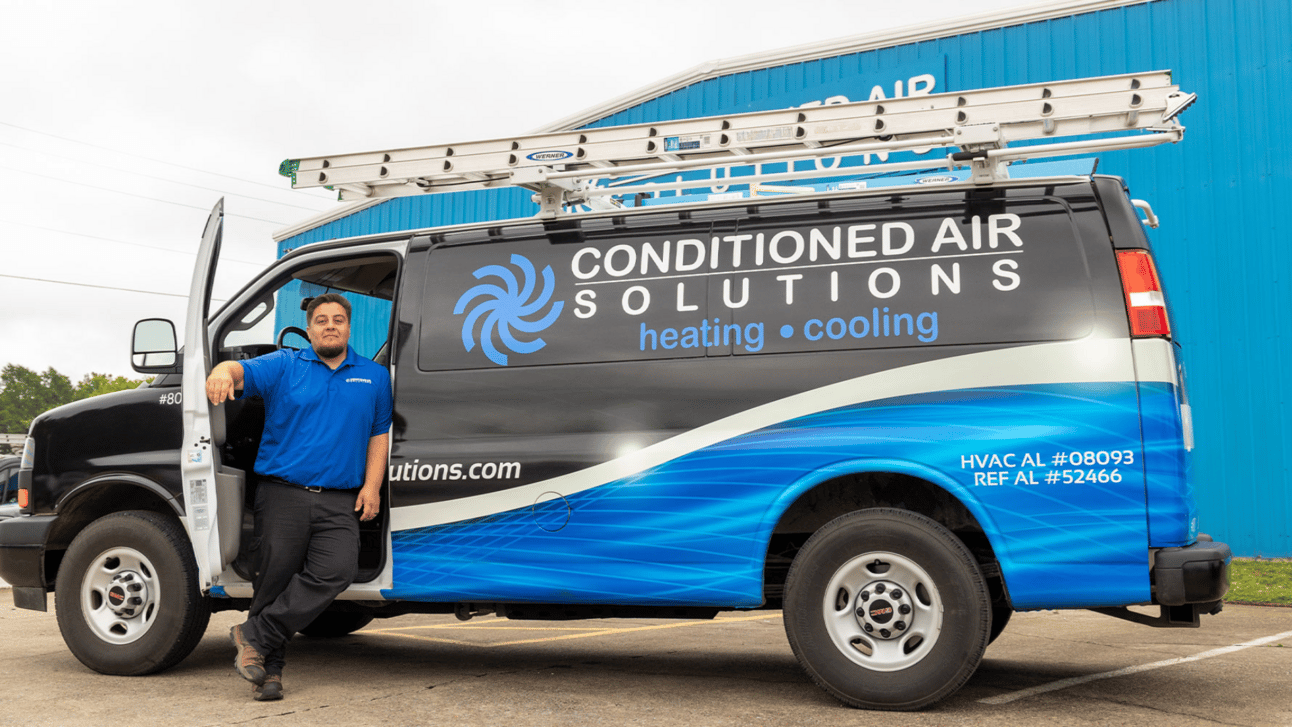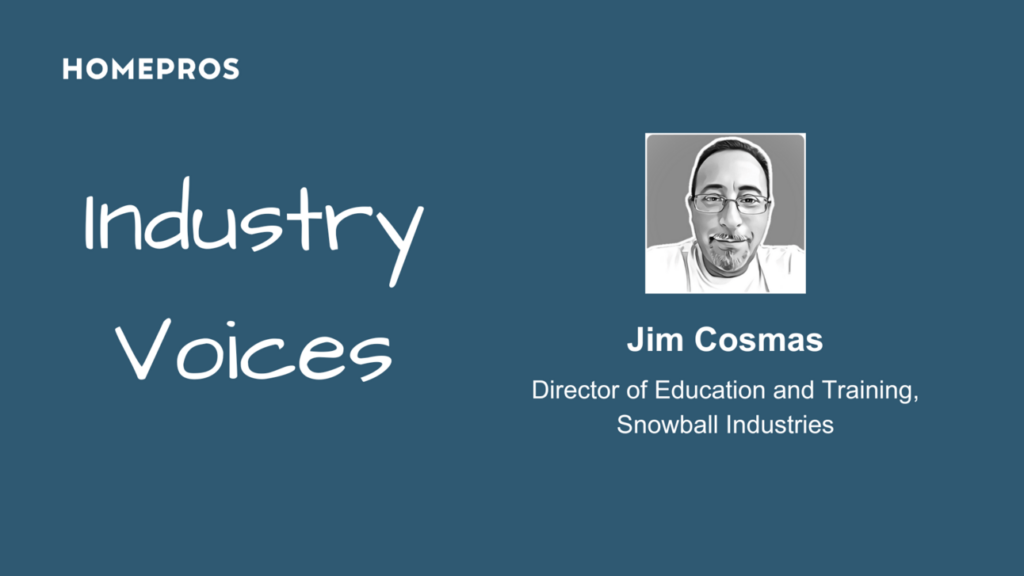Into the Matrix: Inside Conditioned Air Solutions’ dispatching playbook
In Vice President Paul Snowden's mind, there are five components of effective dispatching

Image: Conditioned Air Solutions
“Dispatching is hard,” someone told me recently.
However, Paul Snowden, Vice President of Conditioned Air Solutions, runs a tight ship when it comes to dispatching, according to parent Leap Partners, so we caught up to talk about how the sausage is made.
What’s happening: “Early on, we didn’t have money to spend on marketing. We had to make the most of what we had, and every call became really important,” Snowden says.
-
“We relied on our existing customers, and a big part of that was dispatching for dollars over convenience,” he adds.
-
In Snowden’s mind, there are five components of effective dispatching.
1: Into the matrix. Conditioned Air relies on its “call opportunity matrix” to assess the value of incoming calls.
-
“You need to know which calls are your most valuable ones. Demand calls from maintenance customers with aged equipment are our top priority, and a new customer with aged equipment is our next priority.”
-
“CSRs also need to ask the right questions to help the dispatcher identify a high-opportunity call — home age, equipment age, member or non-member, etc.”
-
“We use tags and emojis in ServiceTitan — a 10+-year-old system, potential member, unavailable in AM/PM — to make it easier for dispatchers to move calls around.”
“Technicians have different talents and run certain calls better than others,” he says. “So we measure past 7-day revenue, average sales, how many leads they flipped to sales, and of those, how many have sold, and refer to it as the ‘hot hand.’”
-
“I think it’s a mistake to say, ‘Oh, he’s already on that side of town so I’m gonna let him run the next two calls there.’ It’s more important to get the right tech to the right call, regardless of geography.”
2: Dedicated dispatchers. Snowden emphasized that the person booking the call cannot be the person dispatching the call. “That’s an absolute conflict from within,” he says.
-
“The CSR books the call, and the dispatcher needs to take the feelings out of it and make a decision based on who has the hot hand.”
-
“They also can’t set the board in the morning. Yes, they’ll have a few sold jobs, but if a high-opportunity call comes in, they have to reevaluate the board.”
Of note: Dispatching is not supposed to be fair, per Snowden.
-
“Dispatching is about performance and optimizing. We have to be constantly looking at who our top performers are and what we’re doing well.”
3: Eliminating timeslots. The company guarantees its first call of the day, but Snowden believes timeslots hold dispatchers hostage, and that eliminating them is the only way to have flexibility to move calls.
-
“I think it’s a misconception that customers want timeslots. What they really want to know is when you’re coming. They want to be informed.”
-
“The best that we’ll offer is AM or PM, and we’ll work around school pick-ups, lunches, or anything like that.”
-
“The dispatcher has to build trust with the customer and keep them informed throughout the day.”
4: Incentives. Dispatchers’ and technicians’ goals must be perfectly aligned, “so when a call comes in late, they can call the tech and say, ‘You’re really close to your daily goal and I think this one will put you over the top,’” Snowden explains.
-
“We have text groups with the entire service department, including service managers, and like to highlight successes. If someone provides great options, for example, there’s a picture sent.”
-
“When that’s happening throughout the day, it builds momentum and motivates others to do more. You can have a model, but you need to make it fun.”
5: Call-by-call management. If the process is being executed, but things aren’t going well, Conditioned Air’s service managers step in.
-
“Conversions are calls we win, but the percentage we don’t — our ‘discourage rate’ — needs to be evaluated.”
-
“The service manager’s ultimate role is looking for coaching opportunities. We need to listen to how those calls were booked, and look at both the dispatcher’s notes and the technician’s presented options — and we need to find out where we got off track.”
-
“I don’t think companies spend enough time evaluating what didn’t go right. If nothing happened on a high-opportunity call, why?”
The bottom line: “Dispatching for convenience and windshield time is an old-school mentality. Customers deserve better,” Snowden says.
-
“It might be a culture shift, but it’s for the right reasons — and it’ll drive bottom-line dollars.”
📬 Get our stories in your inbox
Keep reading
Mixed signals cloud consumer financing approval outlook
While nationwide FICO scores remain stable, credit delinquencies are at 12-year highs, creating an uncertain financing approval environment
Industry Voices: Snowball Industries’ Jim Cosmas
October 6, 2023


